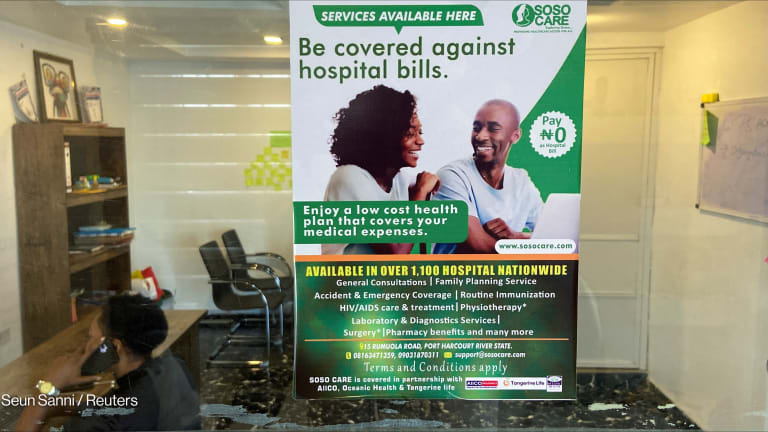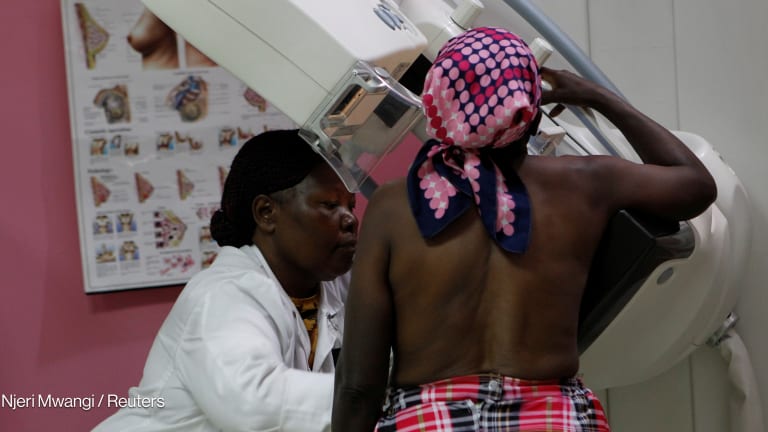
MANILA — Talk of emergencies has focused on large-scale disasters and outbreaks, such as the Ebola crisis in the Democratic Republic of the Congo. But there’s another kind of emergency in global health that doesn’t often capture headlines: everyday ones.
“I think there's a lot of attention these days to big emergencies like disasters and outbreaks. They capture the imagination of the public and news. [But] the everyday emergency care systems that really are the first point of access for many people around the world, those, I think, are widely neglected within international agendas,” said Teri Reynolds, who leads the emergency, trauma, and acute care program at the World Health Organization.
“No one is against it, but it's almost a blind spot within many of the discussions,” she told Devex.
Reynolds is referring to emergencies where people suffer an injury or acute illness and require immediate care. This includes anything from road accidents to heart attacks or stroke to acute complications during pregnancy — emergencies that take place “everywhere, every day,” but for which response gaps exist in many countries.
Many countries lack sufficient ambulances for emergency transport, emergency care staff in hospital, and emergency numbers such as 911 that allow for quick dispatch of medical responders, she said.
“I know all of these seem very basic. I think a lot of people in the world who live in more wealthy countries or more resourced systems imagine that these things are available everywhere — that if you fall over in the street while you're on a trip somewhere, that there's going to be some sort of [emergency] number [and] someone is going to come get you. But the reality around the world is that there's many, many gaps in basic emergency care delivery ... and people die every day because of these kinds of gaps,” she said.
WHO, with support from AO Foundation, hopes to improve this. As part of the new WHO global emergency and trauma care initiative, the organization aims to use its technical expertise and products — which can come in the form of toolkits and guidelines — to help an initial 10 low- and middle-income countries assess where the gaps are in their emergency care systems and implement interventions where needed. This can range from providing clinical trainings to frontline health care providers to teaching process changes such as implementing triage.
The initiative also aims to help health facilities in countries implement a system for data collection — such as what clinical interventions were made and the outcomes of those interventions — and use that information to improve the quality and delivery of care.
“It's a way of letting you see your care process, so that you can identify the weak points and do targeted improvement, because if you just walk into an emergency unit, you know, people are very sick and people die, and that doesn't always mean a mistake was made. And so you need a systematic way of looking at your emergency process to figure out where the weak points in the process are,” Reynolds said.
The initiative will make use of WHO resources, but it will still be very much a local-led process, with governments taking the lead and a broad network of partners providing support, she said.
WHO hopes to kickstart the initiative next year, after it has identified the initial group of 10 countries where the initiative will be implemented. And the agency hopes to use lessons learned from this to inform future interventions in other countries.








